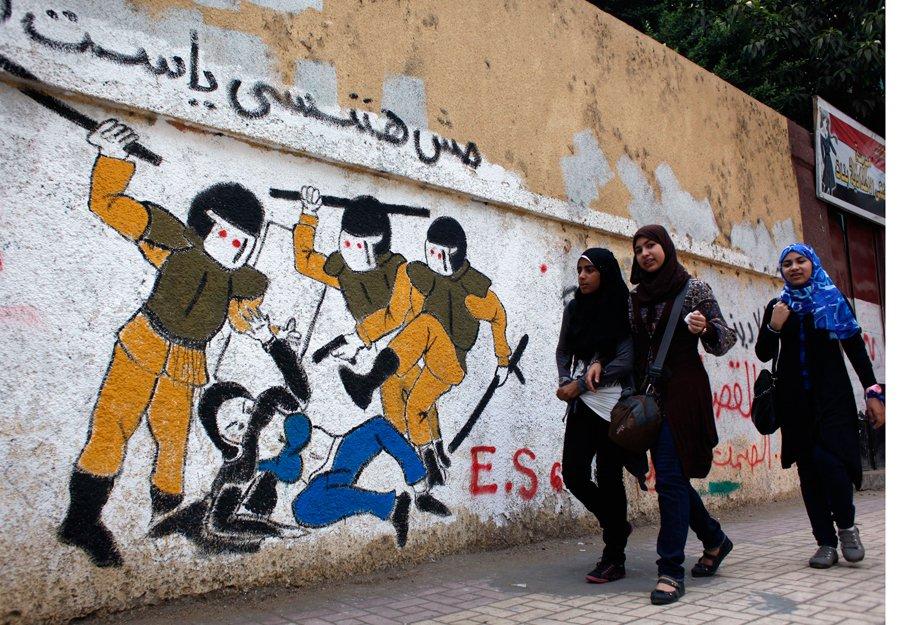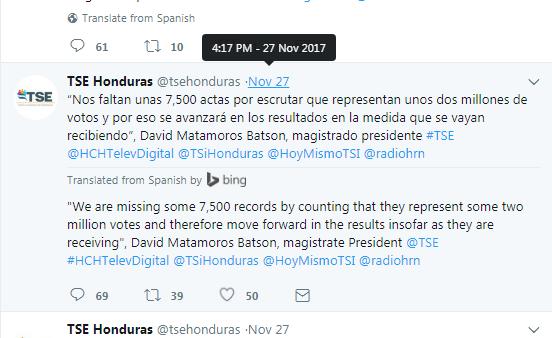Major changes are roiling the states, societies and ruling classes of the biggest industrial economies, oil regimes and military complexes.
China is re-allocating its economic wealth toward building the most extensive modern infrastructure system in history, linking four continents.
Saudi Arabia is transferring a trillion dollars of pillage from princes to princes, from old business parasites to up-to-date versions, from austere desert mirages to fantasies of new mega-cities.
The United States is emptying the swamp of the Capital’s corruption and immediately replenishing it with the scandal of the day.
One Cabinet Secretary is fired; another Secretary is hired; one enemy is embraced; an ally denounced; the stock market flourishes and trade agreements are abandoned. One tax is sliced and pleases the powerful; another is spliced and chokes the consumers.
Turmoil, some would say; chaos, others would claim. And the stouthearted argue, that’s the way the world turns round.
But for all the world’s current ‘shaking’, there is substance and direction: There are models for the shaking-up and paradigms for the shaking down.
‘Shaking up’ occurs where visions of wealth and prosperity accompany science and discovery.
‘Shaking down’ is where the science of palace coups and the art of bloody intrigues fleece the poor while enriching and amusing the powerful.
The Art and Artist of the Shake Down
The Crown Prince of Saudi Arabia, Mohammed bin Salman (MBS), pursues a new policy of scientific, systematic, large-scale and long-term shakedown (SD). Science is evident in these procedures, in their rigorous identification of targets and their efficient methodology of securing subjects and achieving success.
MBS and his associates launched their policy of SD in several well-planned stages.
First, they cloaked the entire SD operation as part of the vast transformation of the Kingdom, accompanied by a string of Western buzzwords: modernization of a traditional society; cleansing the suites of corruption; diversifying the oil dependent economy; privatizing ARAMCO; and replacing camels and tents with a state-of-the-art mega city in the desert.
MBS thus moved to seize state power as the final act in an operation starting with a wave of shakedowns.
The Princes-in-waiting experienced the initial shakedown.
In orderly fashion, MBS wielded his royal sword on behalf of righteousness (according to his adoring fans in the Western press, like Thomas Friedman): Scores of corrupt princes and hundreds of the business and military elite were arrested (or abducted for ransom . . . and safe keeping).
The ‘shakedown’ was underway, but the captives were held in circumstances worthy of their status. The abduction, imprisonment and plea-bargaining for ransom and release took place in the 5-star Riyadh Ritz-Hilton.
The MBS meritocratic modernizers (MM) held the highest degrees in finance and accounting and were adept at calculating appropriate ransoms from each and every captive. The MM demanded hundreds of millions from the billionaires while the generals settled for an early retirement, stripped of pensions and commands. Upon payment and release, the newly fleeced Saudi Princelings fled to the brothels of Beirut to receive un-brotherly comfort. They were freed on one condition: They would return some of the Kingdom’s pillage to fund a ‘New Class’ in a ‘New Arabia’ under the Crown Prince MBS.
However, Western investors, who quietly kept their snouts in the ‘traditional trough’ of Saudi wealth, were not sure where they stood with MBS and his meritocratic modernizers. They needed to know, for the sake of their stockholders: Were they victims or beneficiaries of the big shakedown? Were they condemned to suffer among the corrupt billionaires or granted entry into the new realm of the virtuous Prince?
MBS may have carried out the largest shakedown in recent times, in the name of justice, but there are still no signs of a diversified, modern and prosperous society arising on the Arabian Peninsula. In some places, there rose a more diverse variety of shakedown artists and plotters: Many, who applaud the Crown Prince, await their share the loot. In other parts of the peninsula, MBS continues to deliver famine, cholera and desperation and rain down bombs on the people of Yemen. If Israel could turn the remnant of Palestine into an open-air prison for periodic slaughter, MBS could find his own ‘Palestinians’ in Yemen for target practice.
China: The Shake Up
China is in the throes of one, two, many upheavals: Over one million high and low ranking officials and millionaires, who levied their own ‘private tax’ on the public treasury, will celebrate another Chinese New Year – in jail.
Meanwhile, over 25 billion dollars has been spent on innovative high tech projects, reshaping the economy, reducing pollution and expanding the welfare state.
Over one trillion dollars is being spent on huge global infrastructure projects linking China to four continents in an integrated network of trade – The One Road-One Belt Network.
China is the polar-opposite of Saudi Arabia: In place of state-sponsored ransom and blackmail (the ‘shakedown’) China is experiencing a monumental ‘shake-up’ – spending money in multiple directions. There are overseas projects to promote trade relations; upward projects linking business to high technology and greater profits; downward projects to train and expand the skilled labor force, reduce pollution, increase social welfare, save lives and increase productivity.
Unlike the US, China has nourished its manufacturing sector, and not starved it of investment. The average factory in the US is twice as old as those in China. To even dream of catching up with Chinese production, the US would have to invest over $115 billion a year in manufacturing for the next three decades.
Limited access to investment capital will condemn the tens of thousands of small and medium size manufacturing enterprises in the US to low productivity and reduced exports.
In contrast, the Chinese government directs investment capital widely to manufacturers of all sizes and shapes. Moreover, local Chinese manufacturers connect readily to the supply chain with big exporters. China provides explicit incentives to exporters to work with local suppliers to ensure that profits are re-invested in the home market.
In the US, the multinational suppliers are located out of the country and their earnings are hoarded overseas. Whenever profits return to the US, these are directed into buybacks of shares and dividends for the stockholders —not into new production.
Beijing manages debt, raising and limiting it to promote dynamic development with a level of efficiency unmatched in the US.
China keeps a close eye on excessive debt, speculation and investment, in contrast to the unrestrained chaos of the so-called ‘free market’ of the US and its parasitical allies, the Saudi coupon–clipping shakedown artists.
The US: The Political Economy of Scandalous Conspiracies and ‘Flight Capitalism’
The chaotic free-for-all in the US political economy is manipulated by scandalmongers, conspirators and flight capitalists. Instead of preparing an economic plan to ‘make America great again’, they have embraced the political blackmailers and intriguers of Saudi Arabia in a sui-generis global political alliance. Both countries feature purges, resignations and pugnacious politicos who have never been weaned from the destructive bosom of war.
As a point of history, the United States didn’t start out as a bloated, speculative state of crony capitalists and parasitical allies: The US was once a powerful industrial country, harnessing finance and overseas investments to securing raw materials for domestic industries and directing profits back into industry for higher productivity.
Fake, or semi-fake, political rivalries and electoral competition counted little as incumbents retained their positions most of the time, and bi-partisan agreements ensured stability through sharing the spoils of office.
Things have changed. Overseas neo-colonies started to offer more than just raw materials: They introduced low-tax manufacturing sites promising free access to cheap, healthy and educated workers. US manufacturers abandoned Old Glory, invested overseas, hoarded profits in tax havens and happily evaded paying taxes to fund a new economy for displaced US workers. Simultaneously, finance reversed its relation to industry: Industrial capital was now harnessed to finance, speculation, real estate, insurance sectors and electronic gadgets/play-by-yourself ‘i-phones’ promoting isolated ‘selfies’ and idle chatter.
Wall Street, Silicon Valley and Hollywood replaced Detroit, Pittsburgh, Cleveland and Chicago. Stockbrokers proliferated, while master tool-and-die makers disappeared and workers’ children overdosed on ‘Oxy’.
In the transition, politicians, who had no connection to domestic industry, found a powerful niche promoting overseas wars for allies, like Saudi Arabia and Israel, and disseminating domestic spats, intrigues and conspiracies to the voters. Vietnam and Watergate, Afghanistan and Volker, Iran-Contra and Reaganomics, Yugoslavia and Iraq, daily drone strikes and bombings and Bill Clinton’s White House sex scandals giving salacious birth to Special Prosecutors . . .
In this historic transformation, American political culture put on a new face: perpetual wars, Wall Street swindles and Washington scandals. It culminated in the farcical Hillary Clinton – Donald Trump presidential election campaign: the war goddess-cuckquean of chaos versus the crotch-grabbing real-estate conman.
The public heard Secretary of State Clinton’s maniacal laugh upon her viewing the ‘snuff-film’ torture and slaughter of the wounded Libya’s President Gadhafi: She crowed: ‘We came, we saw…and he died’ with a sword up his backside. This defined the Clinton doctrine in foreign affairs, while slaughter of the welfare state and the bloated prison industry would define her domestic agenda.
Trump’s presidential election campaign went about the country pleasuring the business and finance elite (promises of tax cuts, deregulations, re-contamination and jacking up the earth’s temperature with a handful of jobs), and successfully pushed aside the outrage over his crude rump grabbing boasts.
Wars, Wall Street, Silicon Valley and Hollywood all gathered to set the parameters of the United States’ political economy: The chase was on!
The Clinton sleuths uncovered an army of Russian conspirators running Trump’s electoral campaign, writing his speeches, typing his ‘Tweets’, designing his tactics and successfully directing the votes of millions of duped ‘deplorables’ – the rural and rust-belt poor.
The entire media world auto-pleasured their friends and allies with the Trump Administration’s political strip tease, shedding appointees, dumping nominees and misdirecting policies with a string of revelations. According to dubious anecdotes, the Special Prosecutor uncovered Russian conspiracies to enlist Salvation Army bell ringers and Washington lobbyists. The ‘deplorables’ meanwhile tuned out in disgust.
Trump retaliated with midnight Tweets and appointed a clutch of retired Generals, who had been battle-seasoned in Obama’s seven losing wars and even found a loudmouth South Carolina belle to evoke visions of mushroom clouds in the United Nations. Naturally, there was the coterie of Zionist advisers from the ‘think tanks’ and from his own family working double time to set US-Middle East policy on the road to new wars.
Trump’s Generals and Zionists on the one hand and the Democrats, liberals, anti-fascists and leftists formed the ‘resistance’ and fought fiercely for freedom: Freedom to direct the state to censor alternative news or informed discussion debunking the canard about Russian meddling, exposing Ukraine’s land grabs, proving Iran’s compliance to the nuclear deal and Tel Aviv’s baseless warnings about Tehran. Bolstered by the President’s Chief Advisor Son-in-Law, Jared Kushner, the Saudi Crown Prince was praised for kidnapping the Lebanese Prime Minister and forcing his resignation. Everyday there was a new scandal, conspiracy upon conspiracy and, of course, fake news blaring out from all sides of corporate media and NPR.
The threat of war spreads across the Middle East: How many families would the unholy trinity of Saudi Arabia-US-Israel slaughter, starve or incarcerate in Yemen, Palestine, Syria, Iraq and Afghanistan? Drowned out by domestic scandals and conspiracies – this carnage did not happen – in the news. While scores of thousands in Yemen suffered from cholera amidst a brutal Saudi blockade, The Washington Post – NY Times CBS-NBC-ABC published the same front-page photo of Trump’s clumsy handshake at the APEC Conference. At least, the trillion-dollar corporate-oligarch tax cut merited a jolly Tweet from the Donald.
The Big Shakedown is all about the swindles and the sex designed to keep Wall Street safe, the Pentagon at war and the public distracted.
Conclusion
Three countries are shaking the world in different directions:
In Saudi Arabia, MBS is engaged in a region-shattering shakedown, picking the pockets of Princes for a trillion dollars of unearned and pilfered oil rents to finance more cholera, starvation and mass murder in Yemen and beyond.
Through China, there is a Eurasian ‘shakeup’ as Beijing expands modern Silk-Roads everywhere and with everyone to connect markets, develop supply chains and increase prosperity at home and among its trade partners.
And the US just shakes . . . and trembles as its leaders rush to further enrich the ultra-rich, conspire to uncover conspiracies upon plot, scandalize the scandalmongers and tell us that freedom really means the freedom to expose and gnaw over the sordid acts of petty perverts while hiding much greater truths and reality. Official truth has become a stinking mound of offal.
One can only hope for a great ‘shaking off’.
















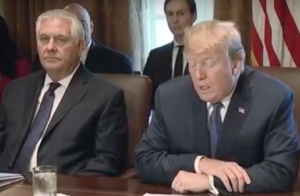
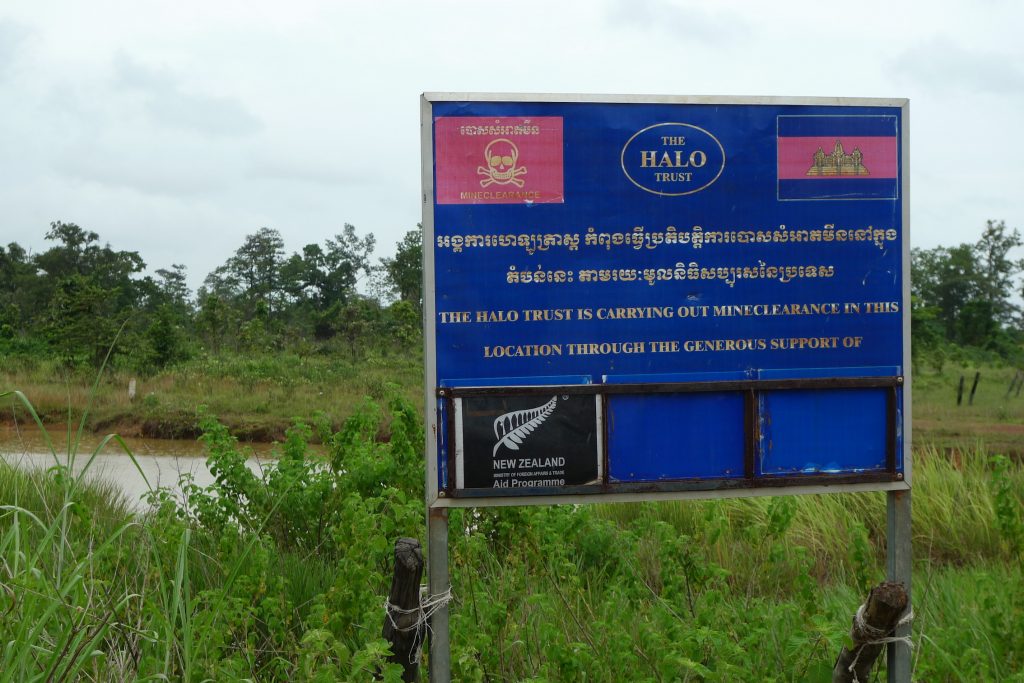

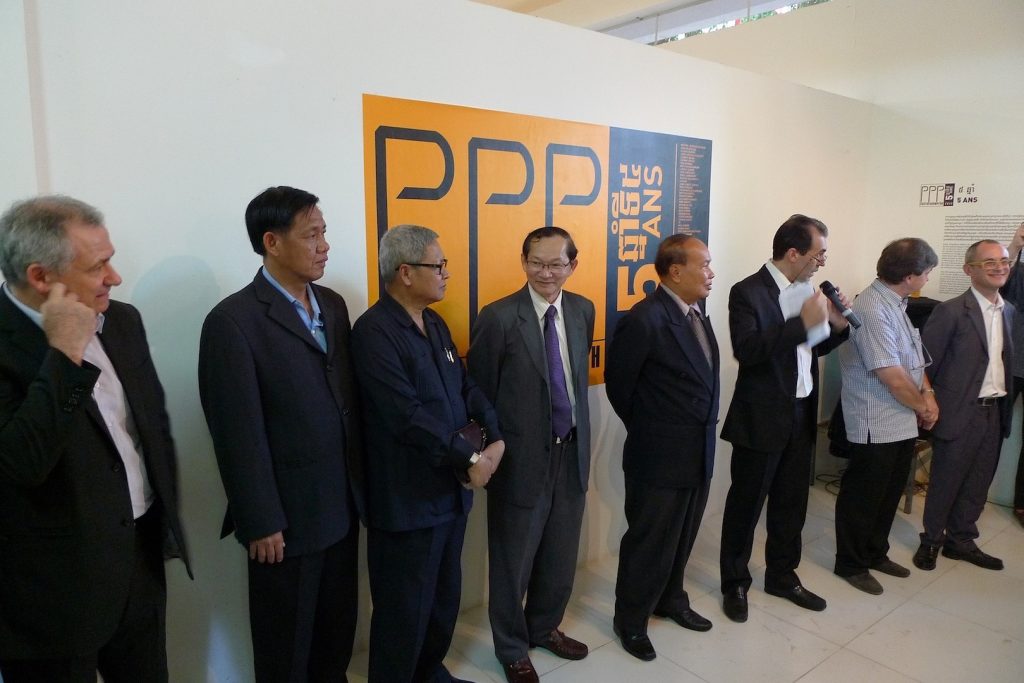
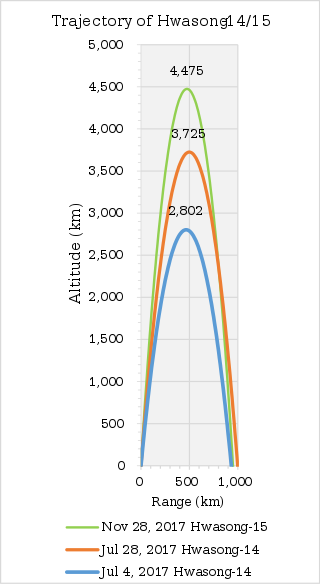




 Edward Samuel Herman was Professor Emeritus of Finance at the Wharton School, University of Pennsylvania. He attained notoriety however as a media analyst and critic, specializing in the corporate, regulatory and political economy of the media. His views have been expressed in about twenty books, including not only
Edward Samuel Herman was Professor Emeritus of Finance at the Wharton School, University of Pennsylvania. He attained notoriety however as a media analyst and critic, specializing in the corporate, regulatory and political economy of the media. His views have been expressed in about twenty books, including not only 

